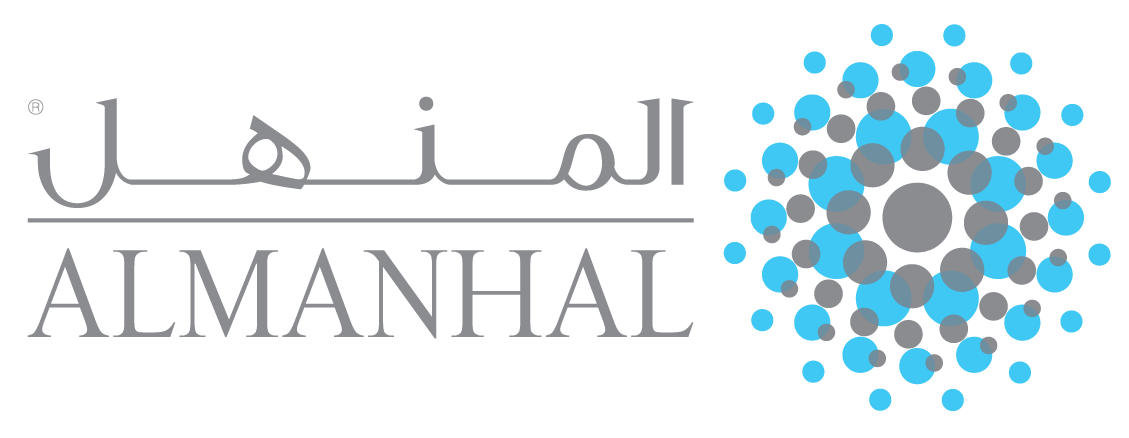An Analysis on Islamic Social Finance for Protection and Preservation of MaqÄá¹£id al-Sharī‘ah
DOI:
https://doi.org/10.31436/jif.v6i0.262Keywords:
Islamic social finance, MaqÄá¹£id al-Sharī‘ah, and OIC member states.Abstract
Islamic social finance is akin to the conventional social finance but the former is subjected to the established principles of Sharī‘ah. In generating positive impacts to the society, the Islamic social finance and its instruments must be utilised in protecting and preserving the MaqÄá¹£id al-Sharī‘ah. A critical analysis on the Islamic social finance in relation to the MaqÄá¹£id al-Sharī‘ah is provided through this research. By using the doctrinal and qualitative methods, the practices of the Islamic social finance as applied in OIC member states are reviewed and provided as examples. Problems of implementation of Islamic social finance in the OIC countries are listed; while tentative solutions are suggested with a hope of triggering better solutions. At the end of discussion, a list of recommendations for future researches is proposed for considerations.
Downloads
References
Al-Ghazali. (n.d.). Shifa’ al-Ghalil.
Auda, J. (2008). Maqasid al-Shariah as philosophy of Islamic law: a systems approach. IIIT.
BMM. (2016). Retrieved from: http://www.baitulmaalmuamalat.org/language/en/what-we-do-2/program/special-empowerment/orphan-kafala/
BNM Concept Paper. (2016). Retrieved from:http://www.bnm.gov.my/guidelines/05_shariah/CP_Qard_Final.pdf
BNM on Takaful. (2016). Retrieved from: http://www.bnm.gov.my/index.php?ch=174&pg=500&ac=428
Budiman, M. A. (2011). The role of waqf for environmental protection in Indonesia. A Paper presented at Aceh Development International Conference (ADIC), Kuala Lumpur, Malaysia.
Dusuki, A. W., & Abozaid, A. (2007). A critical appraisal on the challenges of realizing maqasid Al-Shariaah in Islamic banking and finance. International Journal of Economics, Management and Accounting, 15(2).
Haryadi, Agus. (2006). Developing microtakaful in Indonesia. Second International Convention on Takaful and Retakaful, Vol. 23. Kuala Lumpur.
Hasim, Haslifah Mohamad. (2014). Microtakaful as an Islamic Financial Instrument, for Poverty Alleviation in Iraq. Middle-East Journal of Scientific Research, 21 (12), 2315-2325.
Hassan, K., & Lewis, M. (Eds.). (2009). Handbook of Islamic banking. London, Edward Elgar Publishing.
Hassan, M. K. (2010). An integrated poverty alleviation model combining zakat, awqaf and micro-finance. A Paper presented at Seventh International Conference–The Tawhidic Epistemology: Zakat and Waqf Economy, Bangi, Malaysia.
IDB. (2016). Retrieved from: https://sustainabledevelopment.un.org/content/documents/10289.pdf.
Investopedia. (2016). from: http://www.investopedia.com/terms/s/social-finance.asp.
Islamic Social Finance Report 2014. (2014). Retrieved from: http://www.irti.org/English/Research/Documents/Report-2.pdf
Islamic Social Finance Report 2015. (2015). Retrieved from: http://www.irti.org/English/News/Documents/ISLAMIC%20SOCIAL%20FINANCE%20REPORT%202015.pdf.
Kamali, M. H. (2008). Shari'ah law: An Introduction. Oneworld Publications.
Mahmud, J. (2015). Retrieved from: https://issuu.com/wief/docs/tan_sri_jemilah_mahmood_-_islamic_s
MaRS Centre for Impact Investing. (2016). from: http://impactinvesting.marsdd.com/
McConville, M., & Chui, W. H. E. (Eds.). (2007). Research methods for law. Edinburgh University Press.
Muhammed, A. D., & Hasan, Z. (2008). Microfinance in Nigeria and the prospects of introducing its Islamic version there in the light of selected Muslim countries' experience. Iefpedia, 1-18.
MIFC. (2016). Retrieved from: http://www.mifc.com/index.php?ch=28&pg=72&ac=162&bb=uploadpdf
Mojtahed, A., & Hassanzadeh, A. (2009). The evaluation of Qard-al-hasan as a microfinance approach in poverty alleviation programs. Money and Economy, 5(2), 1-32.
Nyazee, I. A. K. (2003). Islamic Jurisprudence (UsËl al-FÊqh).The International Institute of Islamic Thought and Islamic Research Institute.
Obaidullah, M. (2008). Introduction to Islamic microfinance. IBF Net Limited.
OIC Member states. (2016). Retrieved from: http://www.oic-oci.org/oicv3/states/?lan=en
OLPC Peru/Arahuay. (n.d.). Retrieved from the OLPC Wiki: http://wiki.laptop. org/go/OLPC_Peru/Arahuay.
Abdul Rahim, A. (2010). Islamic microfinance: an ethical alternative to poverty alleviation. Humanomics, 26 (4), 284-295.
Shuaib, F. S., Ahmad Bustami, T. A., Kamal, M., & Hisham, M. (2001). Administration of Islamic law in Malaysia: text and material. Malayan Law Journal.
The Mejelle: Being an English Translation of Majallahel-ahkam-i-adliya and a Complete Code on Islamic Civil Law. (2001). Other Press.
Yassari, N. (2015). Adding by Choice: Adoption and Functional Equivalents in Islamic and Middle Eastern Law. American Journal of Comparative Law, 63(4), 927-962.












